A wildlife photographer has shared shocking pictures he took of elephants being chained up and beaten with canes to raise awareness of the animal abuse. Norman Watson, 47, traveled to Bandhavgarh National Park in Madhya Pradesh, India, to photograph wild tigers.
Despite the tigers being well cared for and allowed to roam free in the nature reserve, Norman said he was angered to find a group of elephants, some just babies, being chained up by guides who used them for tourist rides.
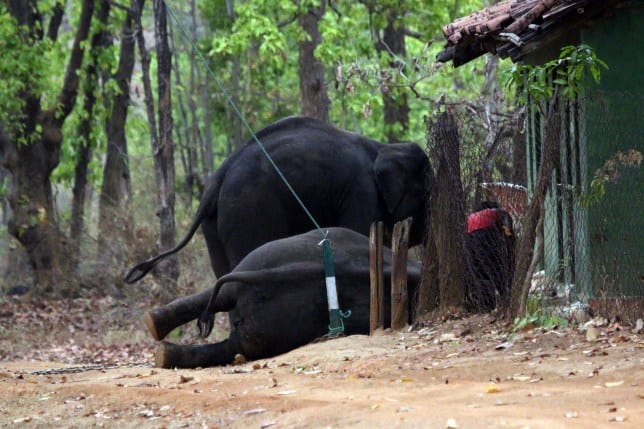
He witnessed the huge animals being beaten with 5ft canes and ‘screaming in agony’. Norman also claims he spotted emaciated baby elephants chained to trees and in cages during his working trip to one of India’s most popular national parks.
Norman, from Aberdeen, Scotland, said: ‘I felt so much anger, there were five people in the group and they witnessed it all, feeling the same as I do. ‘We were shocked.
‘The screams from the elephants when they were whipped put a shiver down my spine. ‘They were in so much distress they were weeing themselves – while we were about 100 metres away, screaming for this to stop.’
The photographer made his trip in April this year with the tigers in his sights, but said he felt compelled to share the elephant abuse as he could not believe it was happening in a place popular with animal lovers.
He claims the guides, known as mahouts, repeatedly hit the elephants and whipped them with bamboo as they rode them, sometimes allowing six people at a time to sit on an elephant. Norman said the guides abusing the elephants were responsible for leading the photographers to tigers to help preserve them.
He said: ‘They should be banned from keeping any kind of animal and certainly not elephants, given other roles in the reserve that doesn’t cause animal abuse. ‘Elephants shouldn’t be taken from the wild or ridden by people. They should be given protection throughout Asia.






‘During one of the worst incidents we witnessed, we heard the elephant in distress really trumpeting. ‘There were two young elephants, about five years old, with their legs chained so close together they were actually hopping while trying to get away from a mahout beating them with a bamboo pole.
‘It escalated to one mahout pulling the elephants over with their tails while the other had a sharp hook over its ear. ‘They rolled it onto its side and beat it for about 10 minutes, only stopping because he was exhausted swinging the bamboo pole.’
Norman, who has traveled the world taking animal photos, said India was an otherwise great place to visit but he would not return to Bandhavgarh until the abuse stopped. He added: ‘India was a great place, friendly people but I’ll not return to Bandhavgarh until this abuse has stopped. ‘Only people power can change wildlife abuse and animal cruelty.’
This article was first published by Metro on 17 June 2019.
What you can do
Support ‘Fighting for Wildlife’ by donating as little as $1 – It only takes a minute. Thank you.

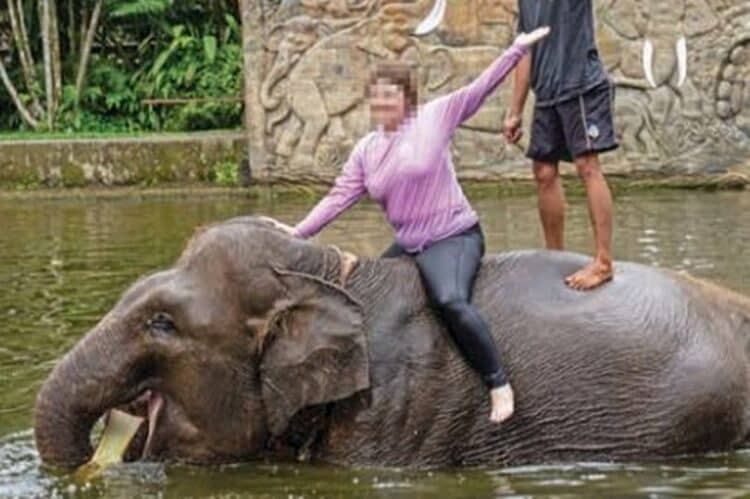

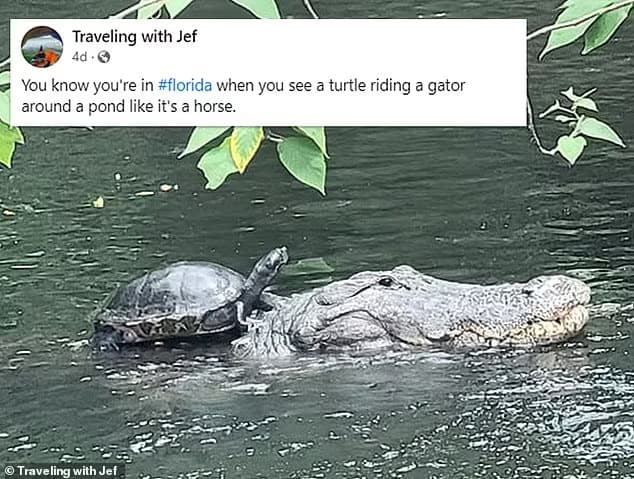
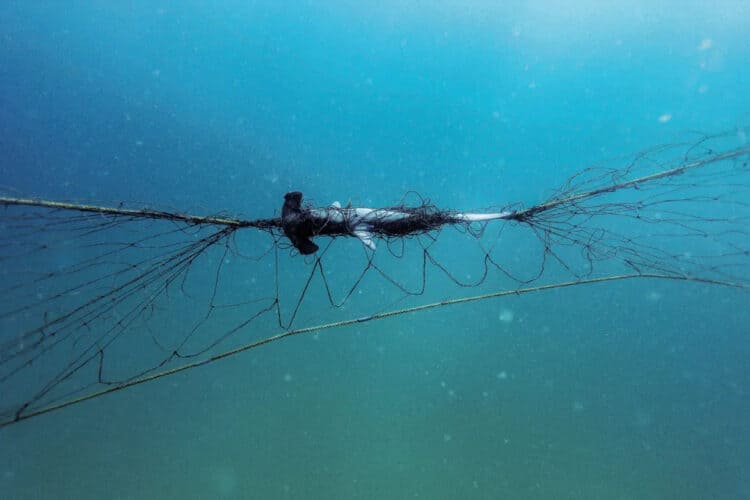
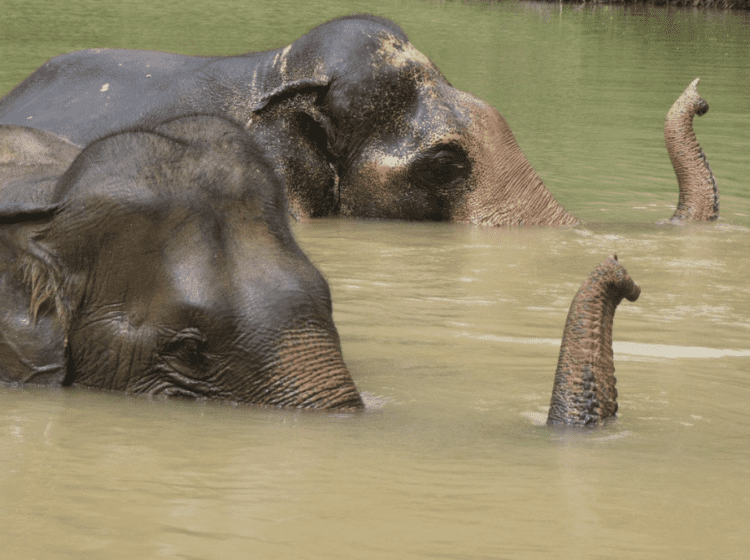
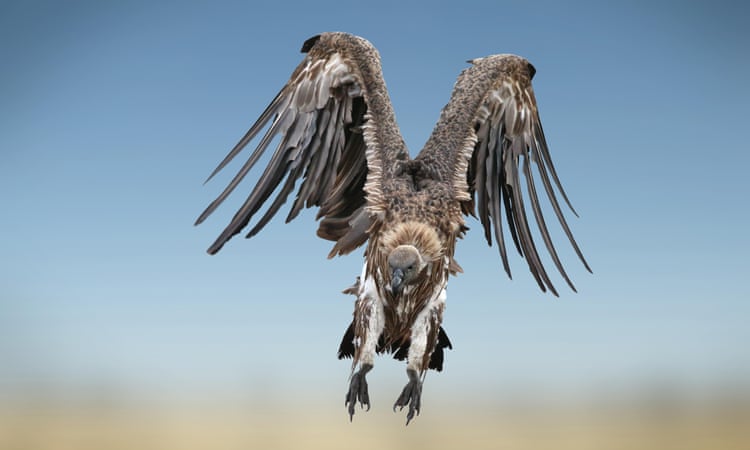
Leave a Reply